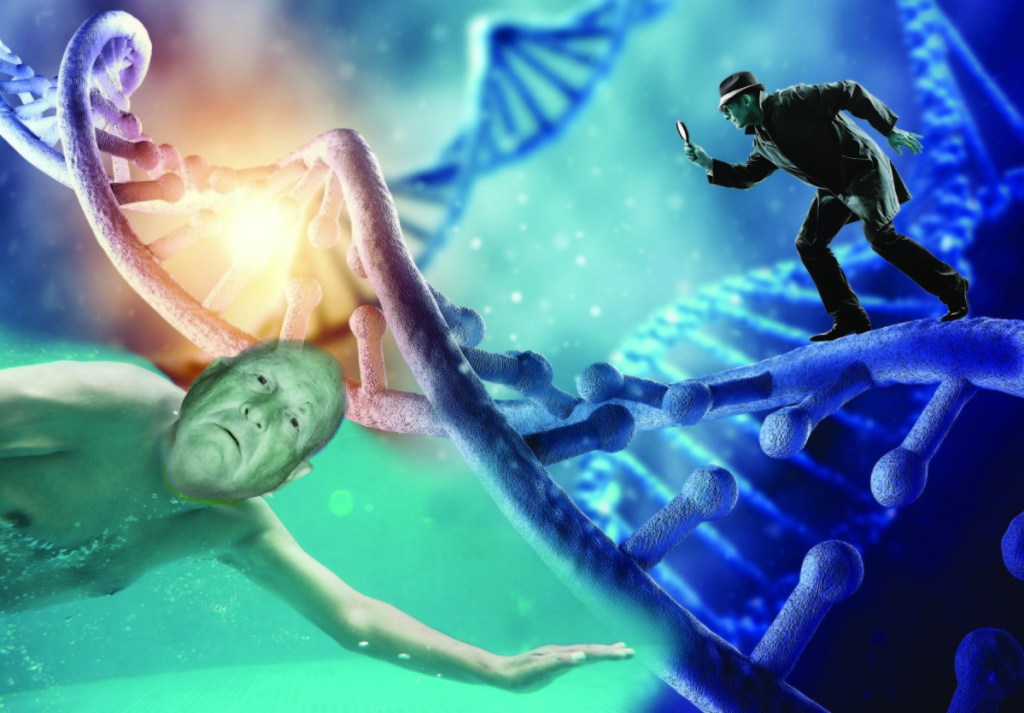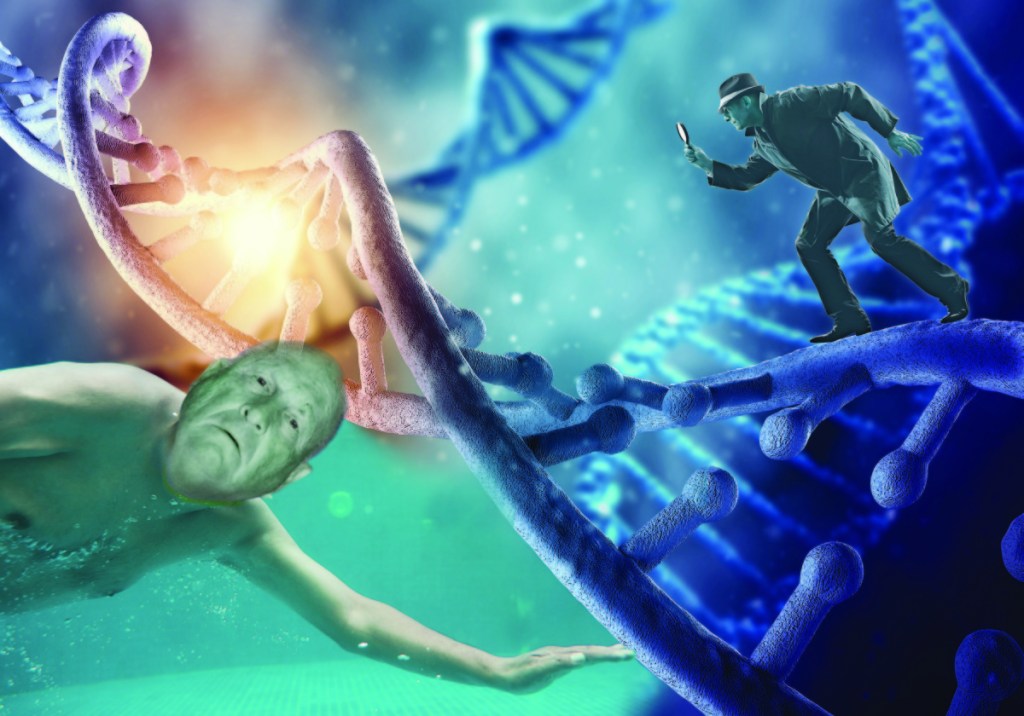One by one on the last Wednesday of last month, district attorneys and police officers walked to a microphone outside the Sacramento County District Attorney’s Crime Lab and congratulated themselves for finally catching the man they believe to be the East Area Rapist.
But it’s the pointed words of Bruce Harrington that will be remembered for years to come.
In 1980, Harrington’s brother and sister-in-law were killed in their Orange County home by a man we now know is the East Area Rapist, aka the Golden State Killer. Using DNA evidence, authorities eventually linked their murders to others in Southern California, as well as to a string of sexual assaults. As a result, Harrington became an advocate for building a statewide database of genetic information to solve crimes.
“I spent time in Sacramento in the early 2000s,” he told reporters. “Appearing before the Assembly and the Senate public safety committees, pleading that they embrace the power of DNA. And, frankly, I ran into a buzz saw of opposition.”
Harrington’s eyes flashed with righteous indignation as he scolded those long-departed lawmakers: “You were wrong!”
But were they?
I realize it’s not a popular opinion at the moment, with Joseph James DeAngelo sitting behind bars and charged with rape and murder thanks to DNA evidence, but if there’s anything to be cautious about, it’s the collection and storage of genetic material from thousands, if not millions, of people.
The potential for abuse is rampant. DNA is not like a fingerprint. Someone’s genetic code can reveal all sorts of things, such as whether the person has a chronic medical condition or is at risk for developing cancer.
In the wrong hands, this information could make it impossible to get life insurance or, if some congressional Republicans have their way, make it easier for employers to steer clear of certain employees to avoid having to pay high health care costs, despite existing laws barring genetic discrimination.
So, there is reason to worry.
This point was driven home the day after DeAngelo’s arrest was announced, when the Sacramento County District Attorney’s Office admitted it found DeAngelo using a DNA sample one of his relatives sent to one of the zillion genealogy websites out there. Investigators started with DNA from an old crime scene and worked to match it with genetic information available on GEDmatch, an open-source database.
Whether this is legal remains to be seen, but it was certainly ingenious on District Attorney Anne Marie Schubert’s part. California was the first state to allow familial line testing, but searches can be requested only when police have a suspect, and the DNA can be compared only to that of people who have been arrested in connection with or convicted of felonies.
Still, it’s a bit chilling to think about authorities combing through DNA samples that people have submitted to find long-lost relatives. And who knew genealogy juggernaut 23andMe inked a huge contract with a drug company so it could do research on the genetic material of about 2 million customers? Not me.
It’s not just corporations I worry about, though. It’s also government.
Proposition 69, which was bankrolled by Harrington in 2004 after he failed to sway the Legislature, requires authorities to collect DNA from anyone convicted of a felony and add it to a statewide database. That makes sense. What makes less sense ethically is why the law also applies to presumably innocent people who have merely been arrested on suspicion of felonies, not formally charged with or convicted of them, and to people with a felony record who’ve only been arrested in connection with misdemeanors.
The implications of this are disturbing, given that black and brown people continue to be arrested at a disproportionate rate in California and that genetic material from innocent people is destroyed only upon request, which I suspect rarely happens.
Harrington is right that DNA collection can be a force for good in solving crimes, and the East Area Rapist’s were heinous. But with great power must come great responsibility.
Send questions/comments to the editors.




Comments are no longer available on this story